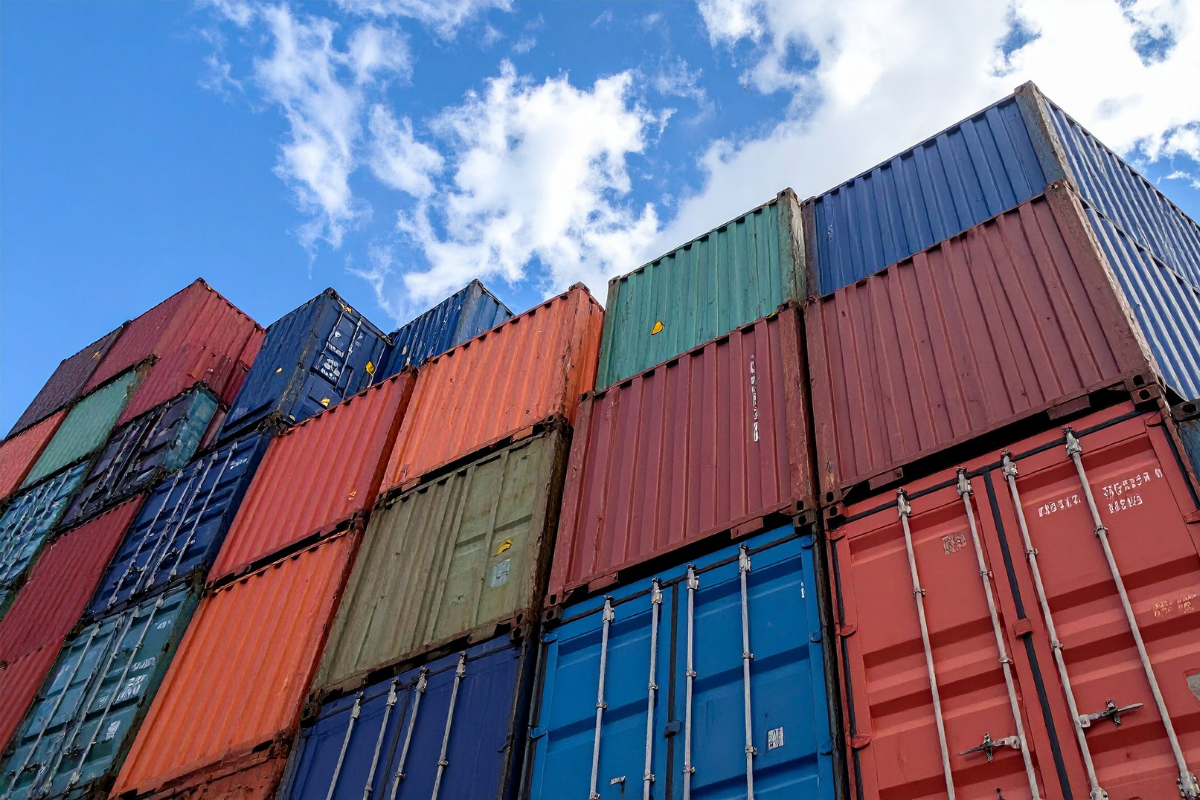Political ads, presidential powers and the price of trade: What Canadian companies need to know

On October 25, 2025, President Donald Trump announced that an additional 10% tariff will be placed on Canadian imports entering the U.S., citing the Government of Ontario’s “fraudulent advertisement” that included Ronald Reagan’s speech on tariffs as the reason for such increase. The move, which comes on the heels of existing tariffs, has significant implications for Canadian businesses that engage in cross-border trade with the United States.
The 10% tariff increase was incited because the Government of Ontario launched an advertising campaign that used audio from Ronald Reagan’s 1987 radio address warning of the dangers of protectionist trade barriers. The advertisement’s message was that U.S. tariffs may at first appear to protect the U.S. citizens but over time instead hurt workers and consumers on both sides of the border. According to President Trump, running this ad campaign constituted a “hostile act,” arguing that it misrepresented Reagan’s views and was intended to sway the U.S. Supreme Court amidst its consideration of the limits of presidential tariff powers. The advertising campaign has since been halted in an attempt to mitigate the damage caused by any further sporadic tariff increases.
While the precise list of affected goods remains unclear, the majority of Canadian exports to the U.S. are currently exempt from tariffs under the Canada-United States-Mexico Agreement (CUSMA). However, Trump’s administration has already imposed sector-specific tariffs (e.g. steel, aluminum) on non-CUMSA compliant goods.
This latest tariff increase comes as the U.S. Supreme Court prepares to hear arguments on the legality of Trump’s broad use of emergency powers to impose tariffs under the International Emergency Economic Powers Act. The legal uncertainty around this poses a risk to Canadian exporters, as the U.S. Supreme Court’s decision could reshape the U.S. President’s authority to unilaterally impose tariffs.
Form a strategic perspective, there are mitigation strategies that Canadian exporters not protected by CUSMA may implement to guard against these sporadic tariffs implement by Donald Trump. These include:
- Contractual risk management – Canadian businesses that export products to the U.S. should review their U.S.-facing contracts to ensure that tariff risks are clearly allocated. Consider negotiating clauses into your contracts that address responsibility for new or existing tariffs and ensure flexibility to renegotiate terms if trade barriers escalate further.
- Global diversification – With the threat of sporadic U.S. tariffs on Canadian goods, companies should explore alternative trading partners, both within Canada and internationally, to reduce exposure to U.S. trade policy volatility.
- Monitor legal developments – Stay informed about the U.S. Supreme Court’s upcoming decision on presidential tariff powers, as well as possible retaliatory measures from the Government of Canada.
The latest round of U.S. tariffs, triggered by a political dispute over an advertisement, demonstrates the unpredictable nature of the current trade relationship between Canada and the United States. For Canadian businesses, proactive risk management is more important than ever. The MLT Aikins corporate and commercial team is happy to assist your organization in navigating the effect of any existing or proposed tariffs and the implementation of a proactive risk mitigation strategy.
Note: This article is of a general nature only and is not exhaustive of all possible legal rights or remedies. In addition, laws may change over time and should be interpreted only in the context of particular circumstances such that these materials are not intended to be relied upon or taken as legal advice or opinion. Readers should consult a legal professional for specific advice in any particular situation.




